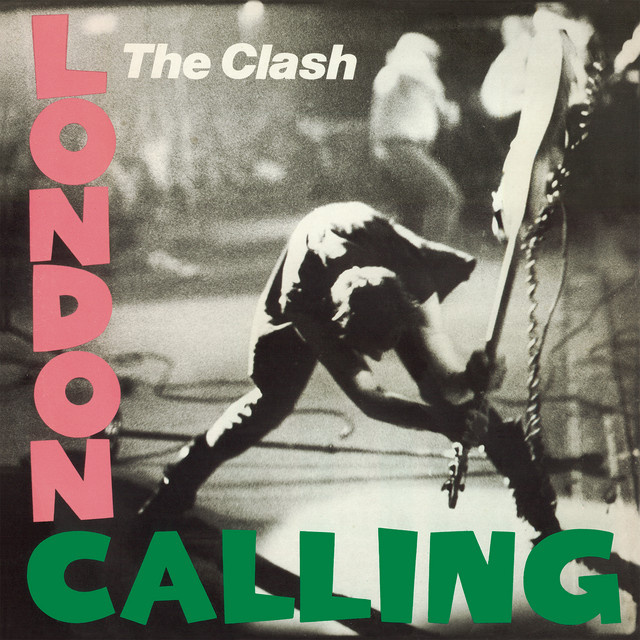The Clash’s London Calling is often hailed as one of the greatest albums of all time, blending punk rock with a wide variety of musical genres. However, even the most dedicated fans might not know some of the fascinating details behind the creation and legacy of this iconic double album. Here are five little-known facts about London Calling:
1. The Title Track Was Inspired by a Nuclear Incident
While the song “London Calling” is known for addressing social unrest, unemployment, and racial conflict in the UK, it was partially influenced by a specific event: the nuclear accident at Three Mile Island in Pennsylvania in March 1979. This incident raised fears of a nuclear disaster, which seeped into the album’s apocalyptic tone, with the title track reflecting those anxieties.
2. The Album Was Almost Released With a Free Single
The Clash initially wanted to include a free 12-inch single with London Calling because their label, CBS Records, was hesitant to approve the album’s release as a double LP due to its high production costs. In a compromise, CBS allowed the band to sell the album at the price of a single LP, which ultimately nixed the idea of the free single. Instead, the songs intended for the single became part of the second LP.
3. Paul Simonon’s Iconic Bass Smash Was About the Crowd, Not the Guitar
The album’s cover features bassist Paul Simonon smashing his Fender Precision Bass during a performance in New York. Contrary to popular belief, Simonon’s frustration wasn’t directed at the guitar itself but at the Palladium’s security for not letting the crowd get out of their seats. Feeling the show lacked energy, Simonon took his anger out on his bass, which would later become a symbol of rock and rebellion. In 2002, Smith’s photograph was named the best rock and roll photograph of all time by Q magazine.
4. The Cover Art Was a Tribute to Elvis Presley
The pink and green text on London Calling’s album cover was a deliberate homage to the design of Elvis Presley’s debut album. Designer Ray Lowry reimagined the classic Presley cover for The Clash, blending punk rebellion with rock & roll tradition. Despite photographer Pennie Smith originally believing her shot of Simonon was too blurry to use, it became one of the most iconic images in rock history.
5. “Train in Vain” Was a Late Addition
The song “Train in Vain” wasn’t originally listed on the album’s cover. It was added to London Calling at the last minute after a deal with NME to give the song away as a promotional single fell through. As a result, the track wasn’t listed on the original vinyl pressing’s back cover, making it a hidden gem for fans at the time.
These lesser-known facts about London Calling reveal even more about the album’s revolutionary spirit, creative process, and lasting legacy. Whether you’re a lifelong fan or new to The Clash, this album remains a cornerstone in rock history.







